Organize and catalog your library collections with durable labels. Our solutions include spine labels, CD/DVD labels, and multi-label sets for various library assets.
Explore our library labeling solutions, from custom labels to printing systems. Enhance your organization and preservation efforts with durable barcode labels.

From circulation tracking to shelf labeling, libraries rely on durable, scannable identifiers. These labeling options support collection management, lending workflows, and preservation—all while pairing with thermal transfer printers.
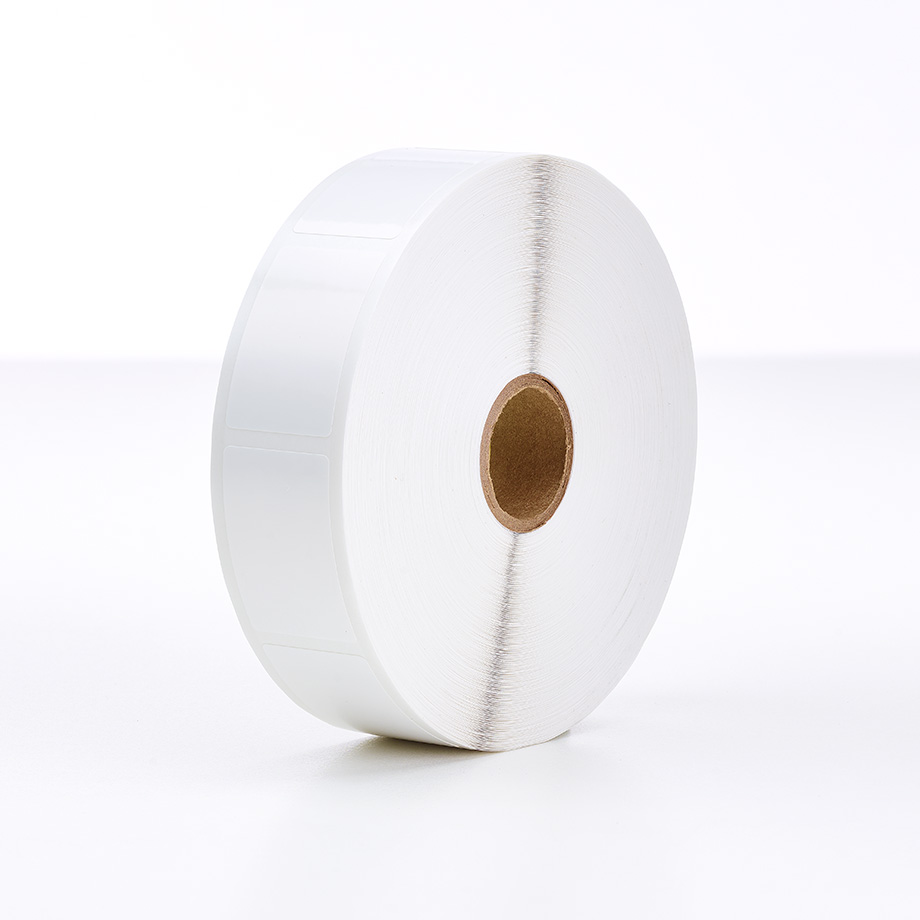
Durable blank labels designed for the spines of books. Accepts crisp thermal transfer printing and pairs with matching ribbons to produce shelf-ready identifiers that stand up to handling and shelving.
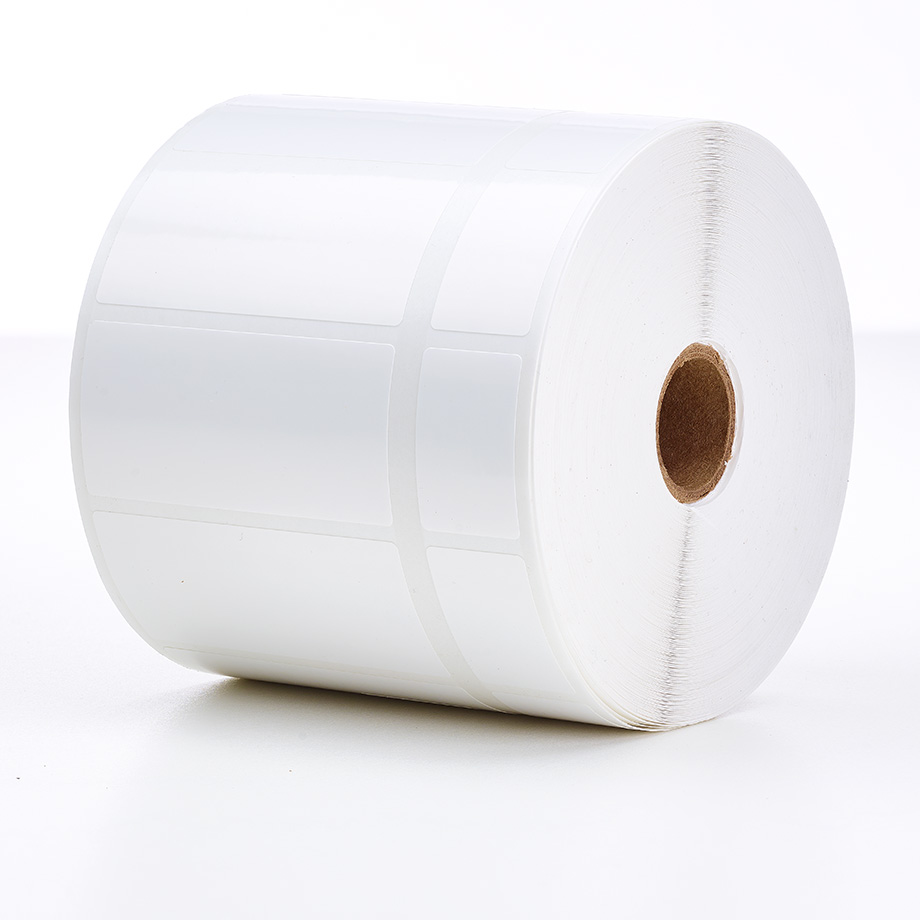
Choose from 2-label or 3-label sets. Designed for efficient item tracking across books, cards, and slips—each label matches perfectly and ensures barcode consistency throughout your library.
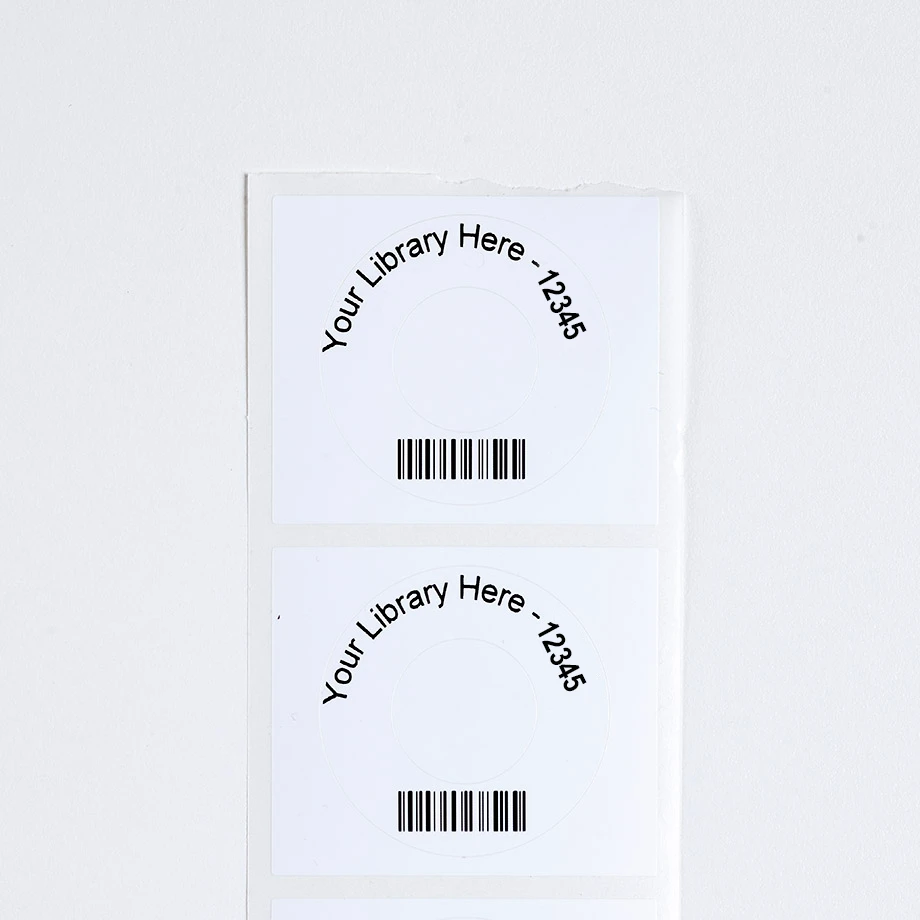
Circular thermal transfer-compatible labels for disc surfaces. Sized for accurate placement and easy scanning, these labels maintain legibility without interfering with disc functionality or playback.
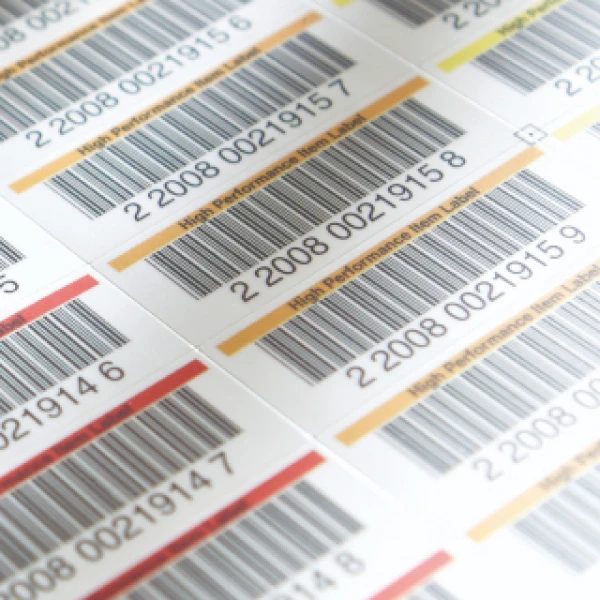
Durable labels protect catalog information and call numbers, ensuring items remain traceable through years of circulation and handling.
Reliable barcodes and clear spine labels streamline checkouts, returns, and shelving, helping staff and patrons move quickly through daily tasks.
Standardized label formats make collections easier to navigate, reinforcing a sense of order that supports both staff workflows and patron discovery.
From books and journals to CDs, DVDs, and nontraditional collections, flexible labeling solutions ensure every item can be cataloged and tracked.
Archival quality, regulatory compliance, and compatibility with cataloging systems give libraries confidence that their labeling practices meet long-term requirements.
Face stocks form the foundation of a label and can be tailored to balance durability, cost, and appearance. Options range from flexible films that conform to curved spines, to robust materials that resist abrasion and heavy handling. Paper-based stocks remain an economical choice for low-demand settings, while synthetic films offer greater longevity and moisture resistance. The right selection depends on circulation levels, handling environments, and the library’s preference for a smooth matte finish or a more polished look.
Adhesive choice is critical to ensuring labels stay firmly in place. Permanent adhesives are common for book spines and barcodes, designed to hold through years of circulation. Removable or repositionable options may be suitable for temporary applications like displays or archives. Some adhesives are engineered for strong bonds on textured or coated surfaces, while others are optimized for clean, consistent adhesion to smooth covers. Temperature and humidity can also influence adhesive performance, making it important to select a formulation that matches the environmental conditions in which materials will be used.
Protective coatings and laminates add a layer of resilience to labels, helping them withstand repeated handling, abrasion, and exposure to light or moisture. A clear laminate film can preserve print quality and prevent fading over time, while matte or gloss finishes enhance readability and visual appeal. Coatings may also be applied directly to the label surface to improve scuff resistance without adding bulk. These options allow libraries to extend label life, reducing the need for frequent replacements and ensuring call numbers and barcodes remain easy to scan and legible for years.
Print quality relies on the right combination of inks and ribbons. Thermal transfer ribbons are a widely used option for producing crisp, durable images that resist smudging and fading. Wax-based ribbons may provide cost efficiency for less demanding uses, while resin-based ribbons are chosen for maximum durability under high wear conditions. Inkjet and digital print systems allow for color, logos, and other design elements when branding or visibility is important. Matching the print method with the label surface and library environment ensures barcodes and text remain clear, scannable, and long-lasting.
Library labels come in a wide range of shapes and sizes to suit different applications. Standard spine labels are typically small and rectangular, ensuring call numbers remain visible while fitting neatly on narrow book edges. Barcode labels may be designed longer or wider to improve scanning accuracy. Multi-part sets combine spine, pocket, and security elements in a coordinated format. Custom dimensions are also possible when specialized media like CDs, DVDs, or nontraditional collections need labeling. Flexibility in size and shape ensures that every item in a library can be consistently identified and tracked.
Labels often need to meet specific guidelines to ensure safety and consistency in library operations. Options include materials that align with archival standards for long-term preservation, adhesives designed to minimize chemical migration, or constructions that comply with global environmental regulations such as REACH or RoHS. For libraries in regulated environments, selecting label components that meet industry or governmental standards can be an important step in protecting collections. Compliance considerations provide peace of mind that labels will not only perform effectively but also meet the expectations of broader institutional or regulatory frameworks.
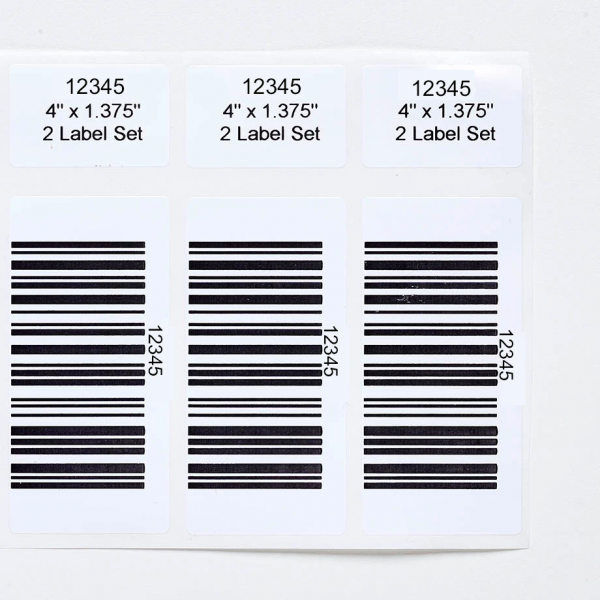
Choose from high-quality blank label kits designed specifically for library workflows. Each kit includes thermal transfer labels and a compatible ribbon for long-lasting prints. Available options cover spine labeling, CD/DVD tracking, and multi-label sets for cataloging and circulation.
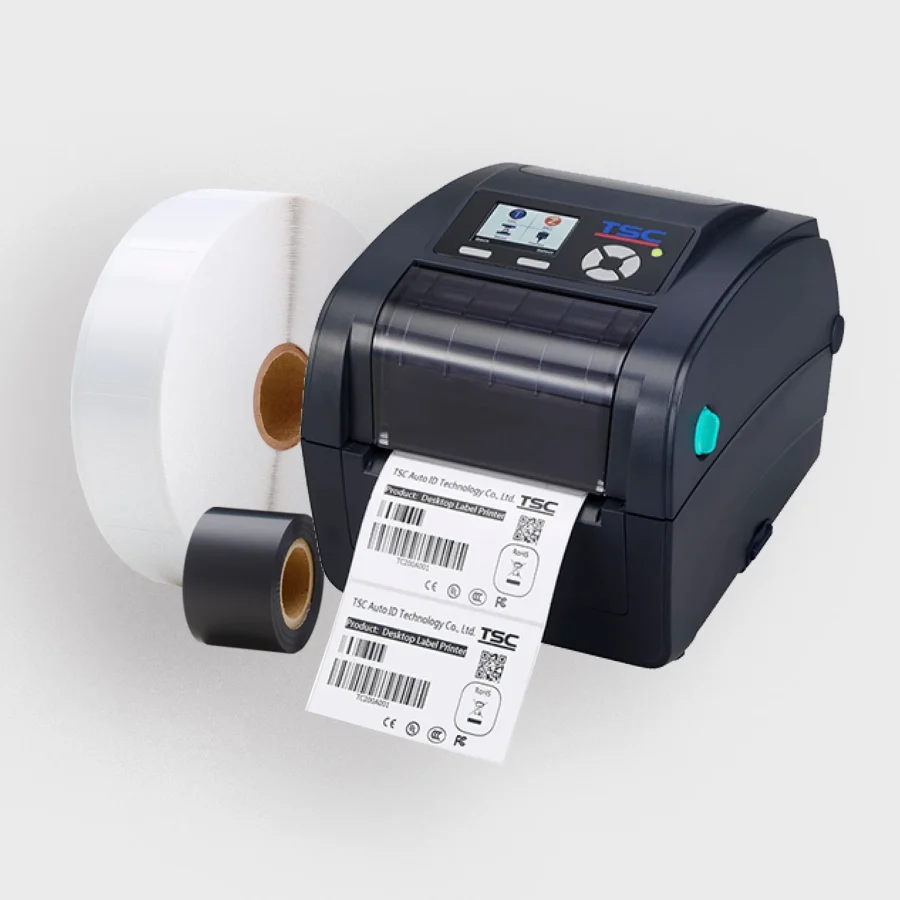
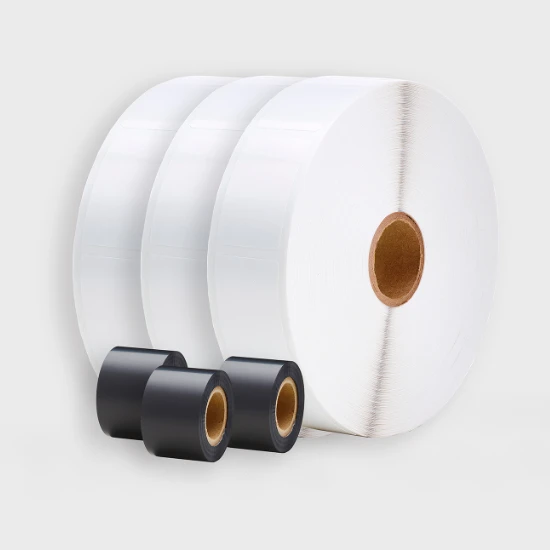

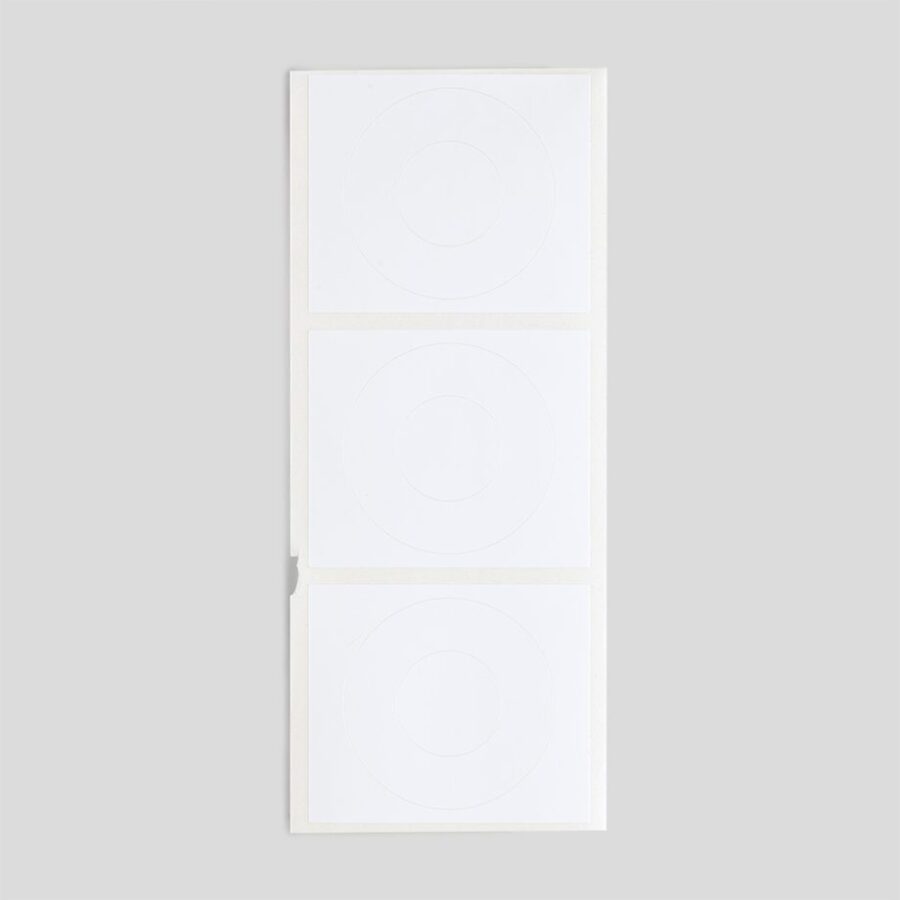

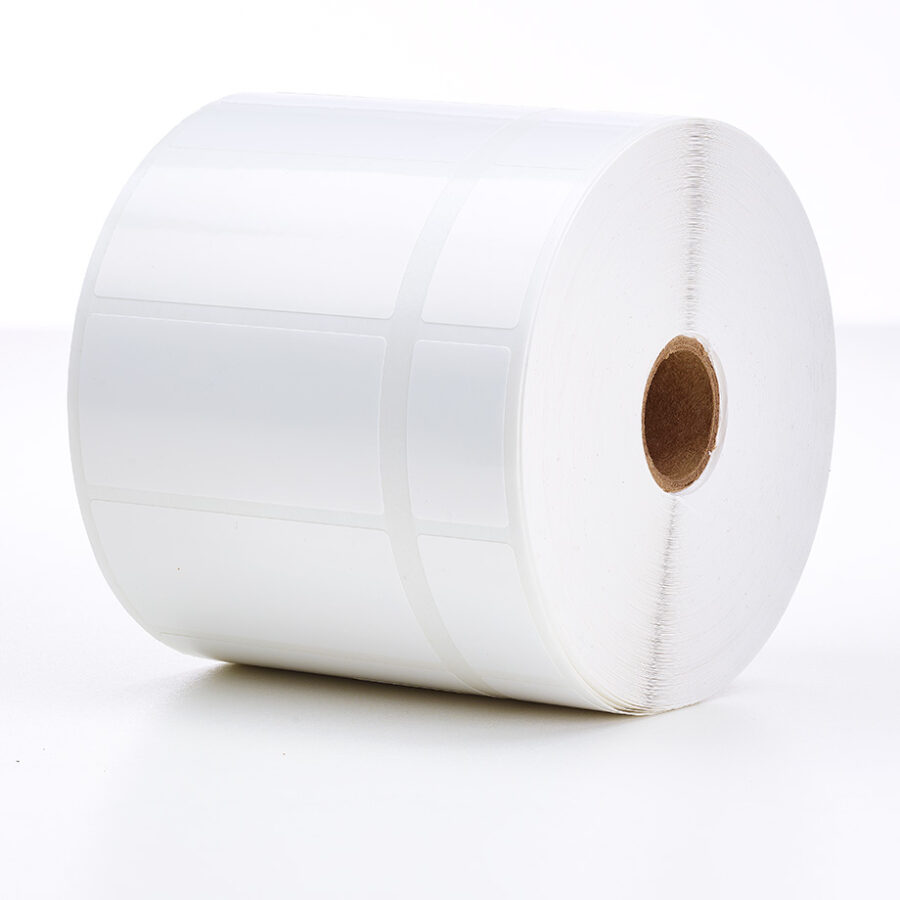
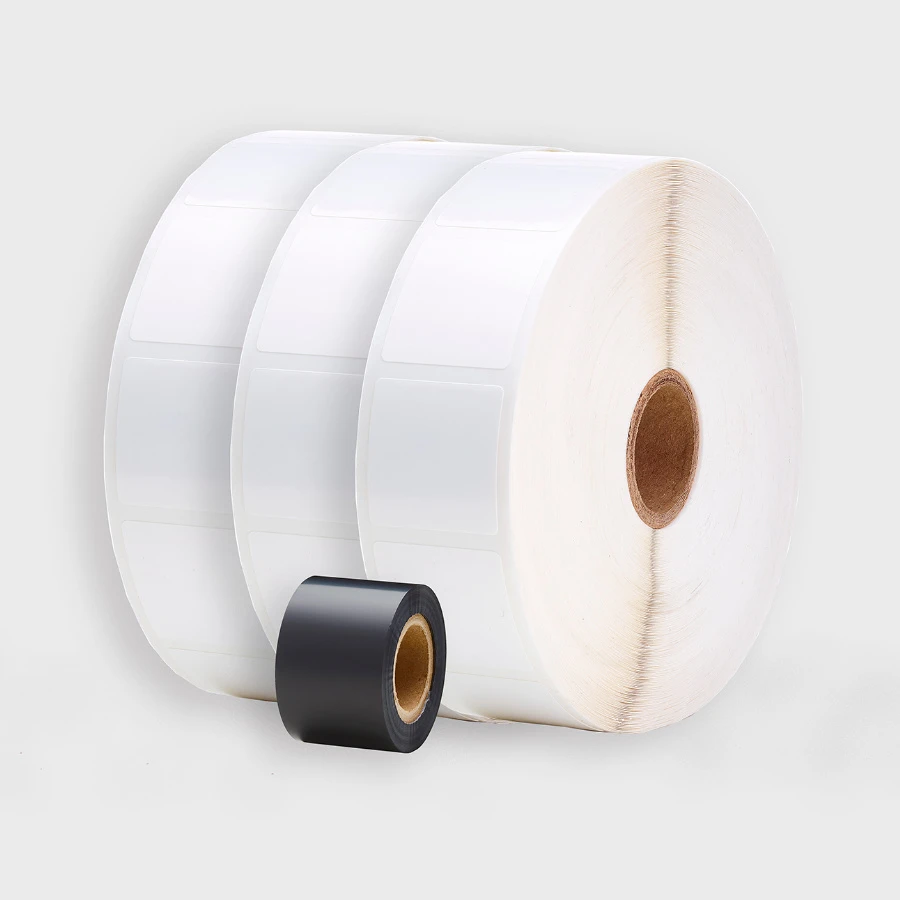
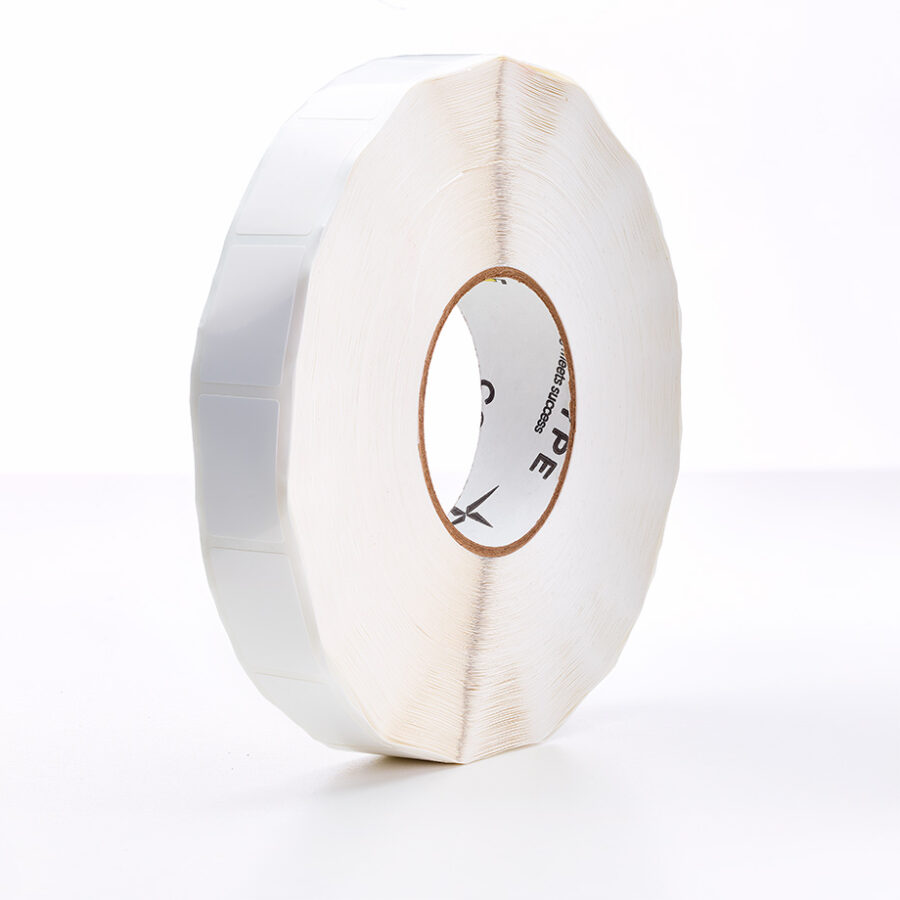

Have questions? We’re here to help.
Contact us to connect with a specialist who understands your industry and can provide the right solutions for your business. Let’s start a conversation.
Take advantage of our volume discounts for bulk orders. Reach out to us for a personalized quote tailored to your needs.
"*" indicates required fields